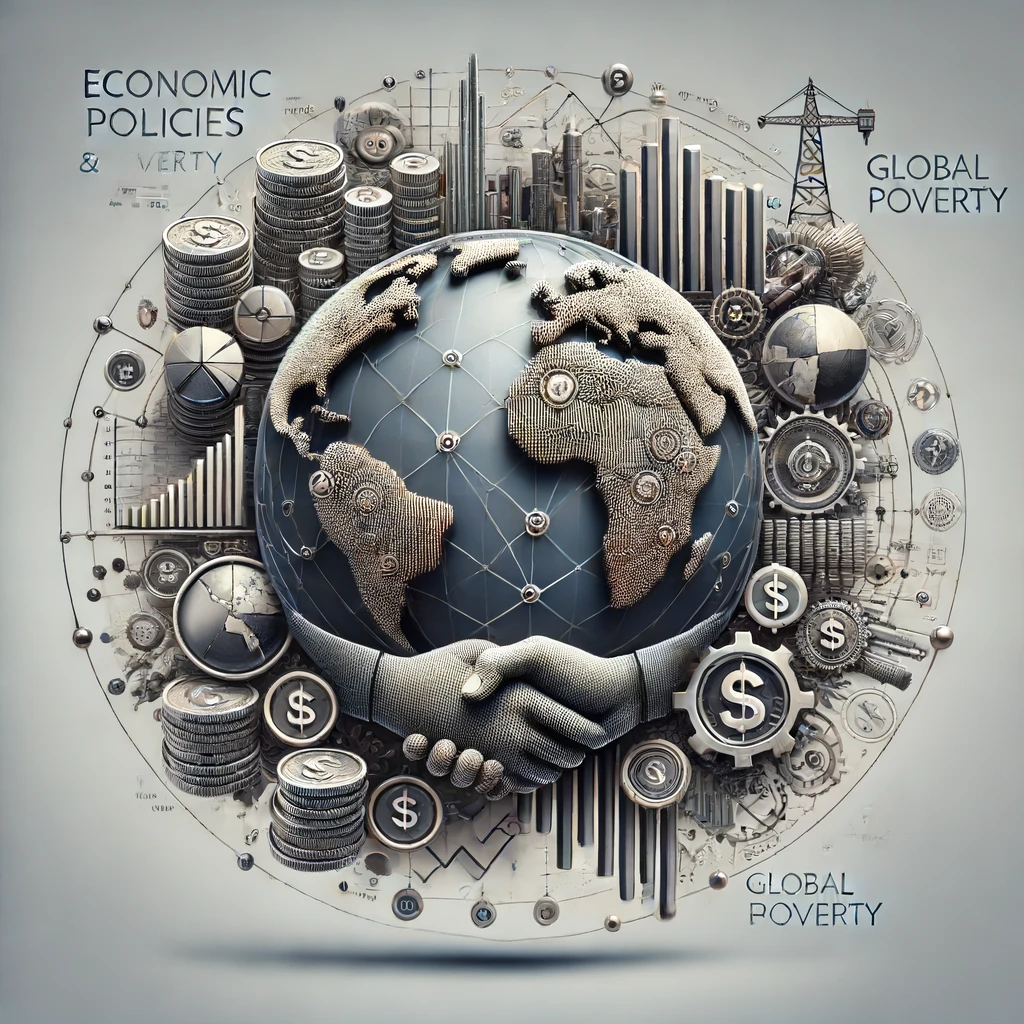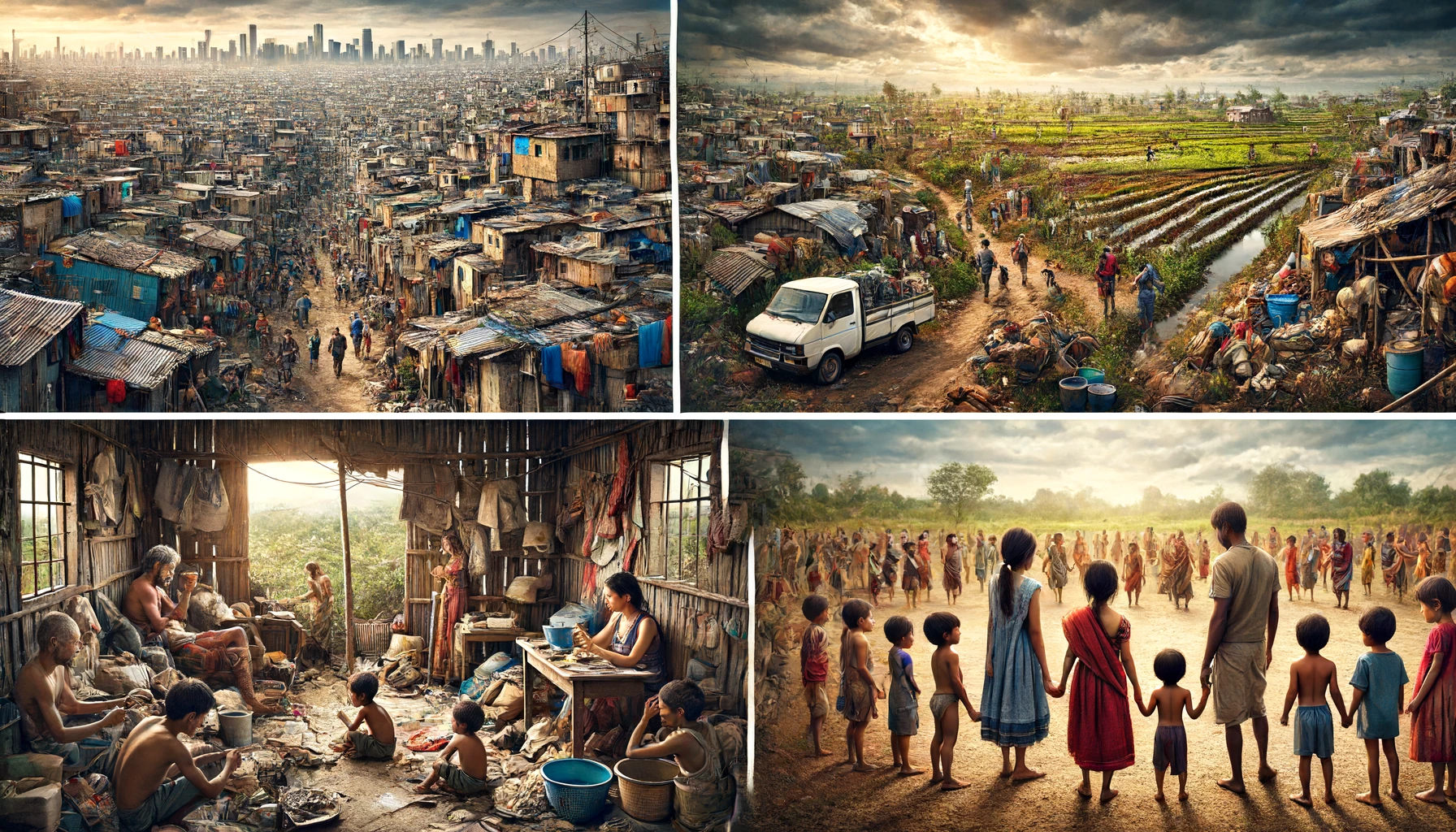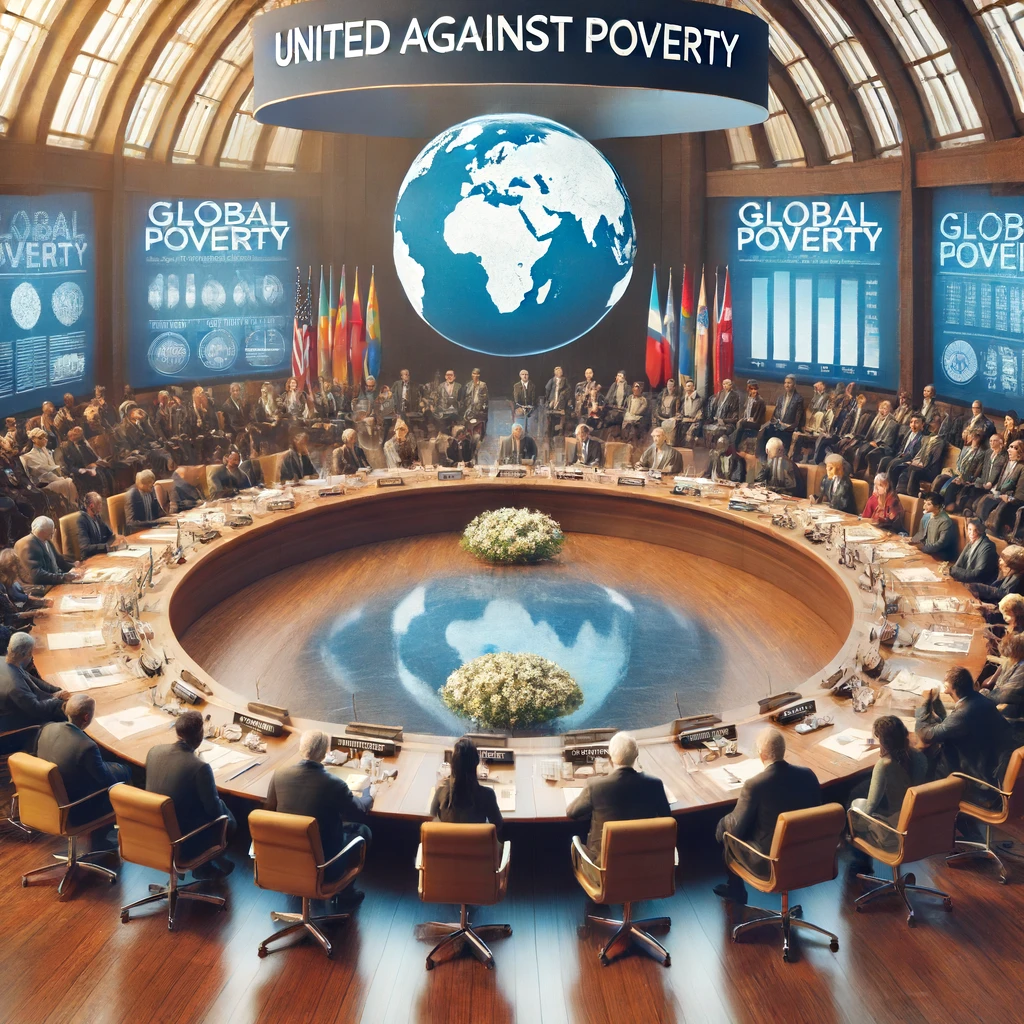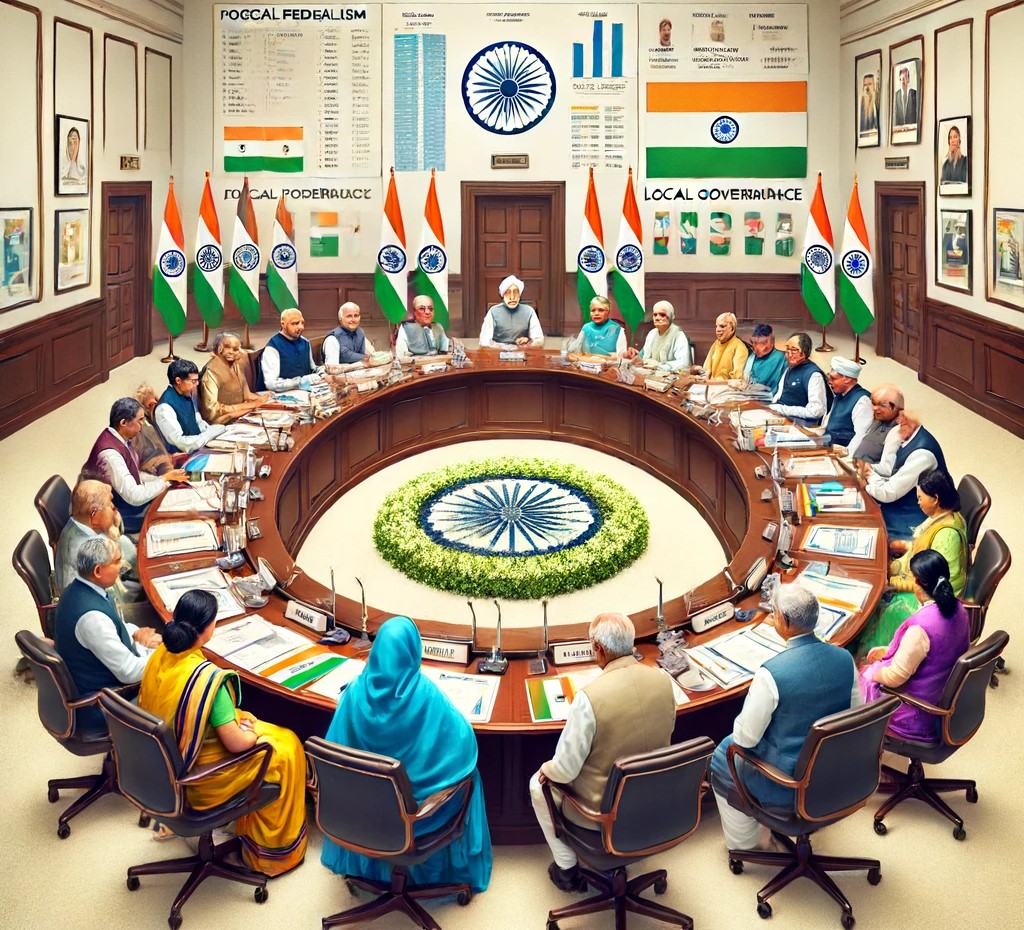Global poverty remains one of the most pressing challenges in the 21st century. It encompasses a spectrum of deprivations, not just limited to low income but also including lack of access to essential services, education, and adequate living conditions. As of the latest data from the World Bank, approximately 689 million people live on less than $1.90 a day, the international poverty line. This figure, while stark, only captures income poverty.
Multidimensional poverty metrics, such as those used by the United Nations Development Programme (UNDP), provide a broader perspective by assessing deprivations in health, education, and living standards. For instance, the Global Multidimensional Poverty Index (MPI) indicates that around 1.3 billion people are living in multidimensional poverty, where they suffer multiple disadvantages at the same time. This includes a lack of access to clean water, nutrition, and schooling, reflecting the complex and multifaceted nature of poverty.

Impact of Economic Policies
Economic policies are pivotal in shaping the trajectory of poverty reduction. Different policies, including trade agreements, subsidies, and aid, have varied impacts on poverty levels globally.
Trade Agreements: International trade can significantly influence poverty reduction by providing access to larger markets, promoting economic growth, and creating job opportunities. For example, the North American Free Trade Agreement (NAFTA) has been credited with creating millions of jobs and reducing poverty levels in member countries. However, trade agreements can also have adverse effects if they are not inclusive. The agricultural sector in many developing countries has suffered due to competitive pressures from more industrialized nations, exacerbating rural poverty.
Subsidies: Government subsidies can provide critical support to vulnerable populations. Agricultural subsidies, for instance, help farmers in developing countries maintain their livelihoods amidst volatile market conditions. Conversely, subsidies that favor large corporations or industries can deepen inequality and do little to alleviate poverty among the most disadvantaged groups.
Aid: International aid plays a crucial role in poverty alleviation. According to the OECD, Official Development Assistance (ODA) has lifted millions out of poverty by funding health, education, and infrastructure projects. However, the effectiveness of aid can be compromised by mismanagement and lack of alignment with recipient countries’ priorities.
Case Studies of Success and Failure
Success Stories
- China: Over the past four decades, China has lifted more than 800 million people out of poverty, largely through economic reforms and opening up to international trade. Policies promoting industrialization, infrastructure development, and rural reforms have been key drivers of this success.
- Vietnam: Vietnam’s Doi Moi reforms, initiated in 1986, transformed the country from a centrally planned economy to a socialist-oriented market economy. These reforms have significantly reduced poverty rates, from 58% in 1993 to less than 6% in 2020, by promoting agricultural and economic diversification.

Failures
- Sub-Saharan Africa: Despite significant international aid and various policy interventions, many countries in Sub-Saharan Africa have seen limited success in reducing poverty. Factors such as political instability, corruption, and inadequate infrastructure have impeded progress. For example, Zimbabwe’s land reform policies in the early 2000s led to economic collapse and increased poverty.
Role of International Organizations
International organizations play a crucial role in shaping economic policies aimed at poverty reduction.
World Bank: The World Bank provides financial and technical assistance to developing countries for development projects that aim to reduce poverty. Its initiatives, such as the International Development Association (IDA), offer concessional loans and grants to the world’s poorest countries.
International Monetary Fund (IMF): The IMF supports poverty reduction through financial assistance and policy advice aimed at macroeconomic stability and growth. Its Poverty Reduction and Growth Trust (PRGT) offers concessional financing to low-income countries.
United Nations (UN): The UN’s Sustainable Development Goals (SDGs), particularly Goal 1 (No Poverty), guide international efforts in poverty alleviation. The UN supports poverty reduction through advocacy, policy advice, and the implementation of programs that address the root causes of poverty.

Innovative Approaches to Global Poverty Reduction
Innovative economic strategies are emerging as effective tools for poverty alleviation:
Microfinancing: Microfinance institutions provide small loans to individuals in impoverished areas, enabling them to start small businesses and generate income. The Grameen Bank in Bangladesh is a notable example, having lifted millions out of poverty through microcredit.
Digital Economies: The rise of digital technologies offers new avenues for economic growth and poverty reduction. Mobile banking, for instance, has transformed access to financial services in countries like Kenya, where M-Pesa allows millions of people to save, transfer money, and access credit.
Conditional Cash Transfers (CCTs): Programs like Brazil’s Bolsa Família provide financial assistance to poor families contingent on specific behaviors, such as ensuring children attend school and receive vaccinations. These programs have been successful in reducing poverty and improving health and education outcomes.
Social Entrepreneurship: Innovative business models that prioritize social impact over profit are gaining traction. Enterprises such as the Indian company SELCO, which provides affordable solar energy solutions to low-income households, demonstrate how businesses can drive poverty reduction.
Conclusion
The fight against global poverty requires a multifaceted approach that includes effective economic policies, the active role of international organizations, and innovative solutions tailored to local contexts. While significant progress has been made, much work remains to be done to ensure that the benefits of economic growth and development are shared equitably across all segments of society. The lessons learned from both successful and failed policies can guide future efforts to create a world where poverty is a relic of the past.


